In the rapidly evolving world of technology, drone delivery stands out as a futuristic convenience that’s quickly becoming today’s reality. At the forefront of this aerial revolution is Wing, a company dedicated to integrating drone delivery into our daily lives safely and efficiently. Wing’s approach to drone operations goes beyond mere compliance with safety standards—it’s about setting new benchmarks for safety in the skies.
Safeguarding the Skies: Wing’s Multi-Layered Strategy
Wing operates in the bustling airspace of the Dallas-Fort Worth area, a region encircled by the “Mode C Veil.” This designation refers to a zone where enhanced safety measures are in place for aircraft operations. Here, Wing’s drones buzz through the skies at altitudes below 400 feet, steering clear of the paths trodden by traditional aircraft. This strategic choice of altitude allows Wing’s drones to deliver goods swiftly while minimizing interactions with manned aircraft.

The cornerstone of Wing’s operations is its sophisticated “detect and avoid” system. This multi-layered safety net is designed to preemptively identify and mitigate potential risks in real-time. Traditional aircraft within the Mode C Veil are mandated to use Automatic Dependent Surveillance-Broadcast (ADS-B) technology, which shares their location and flight data. Wing’s drones, equipped with the capability to tap into this data stream, can autonomously adjust their flight paths or even pause takeoffs to avoid conflicts, ensuring a seamless coexistence with other airspace users.
Another innovative safety measure is the proactive landing strategy. Much like a car pulling over in an emergency, Wing’s drones can land in designated “preferred landing zones.” These zones are strategically located away from populous areas and traffic, allowing drones to touch down safely in case of unforeseen circumstances.
The Human Touch: Pilots in Command
While technology plays a pivotal role in Wing’s safety mechanisms, the human element remains indispensable. Wing’s trained “Pilots in Command” (PICs) keep a vigilant eye on the airspace, ready to intervene and guide drones to safety if necessary. These PICs represent a critical layer of oversight, ensuring that every flight adheres to the highest safety standards.
Wing’s commitment to safety extends to the aftermath of a landing. In the rare event that a drone lands unexpectedly, the company urges the public to follow two simple guidelines: do not touch the drone and call the number listed on its wing. This protocol allows Wing’s team to swiftly retrieve the drone while prioritizing public safety.
Looking Ahead: A Future of Safe Skies
Wing’s vision extends far beyond the horizon of current drone delivery services. The company believes in a future where drones and traditional aircraft share the skies harmoniously, enhancing the efficiency of deliveries without compromising on safety. By pioneering advanced safety measures and fostering responsible drone integration, Wing is not just navigating the complexities of today’s airspace; it’s charting the course for a future where the skies remain safe and accessible for all.
Wing’s innovative approach to drone delivery safety illustrates the company’s dedication to pioneering a future where technology and safety go hand in hand. With its multi-layered safety system, Wing is not just delivering packages; it’s delivering TRUST, ensuring that as the skies grow more crowded, they remain a safe place for everyone.
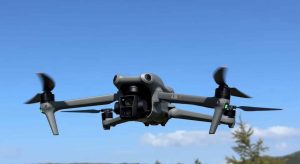
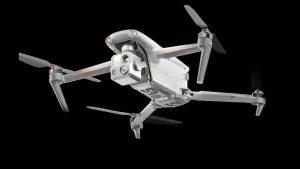


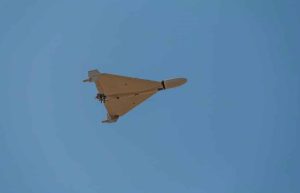
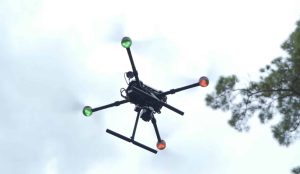
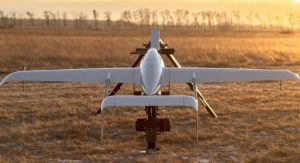
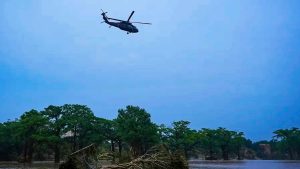
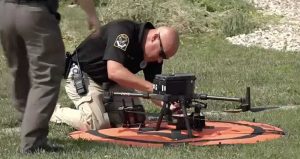


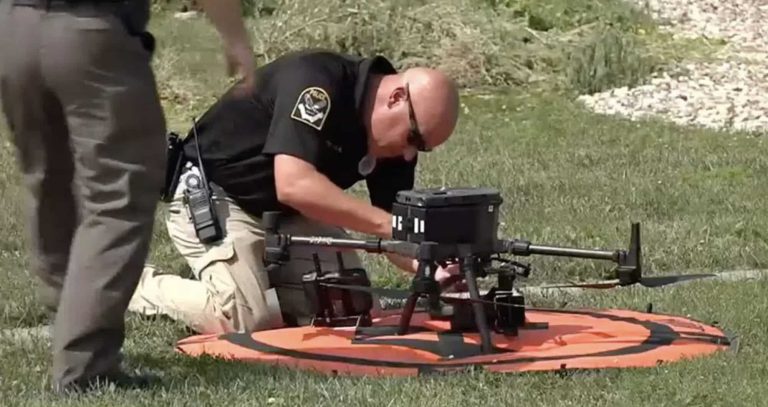


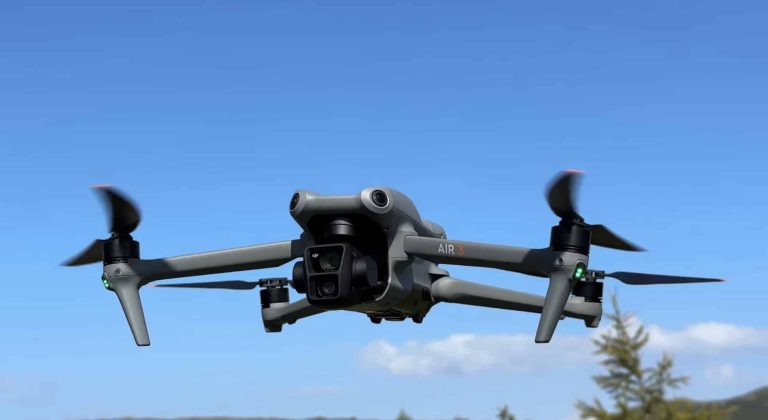
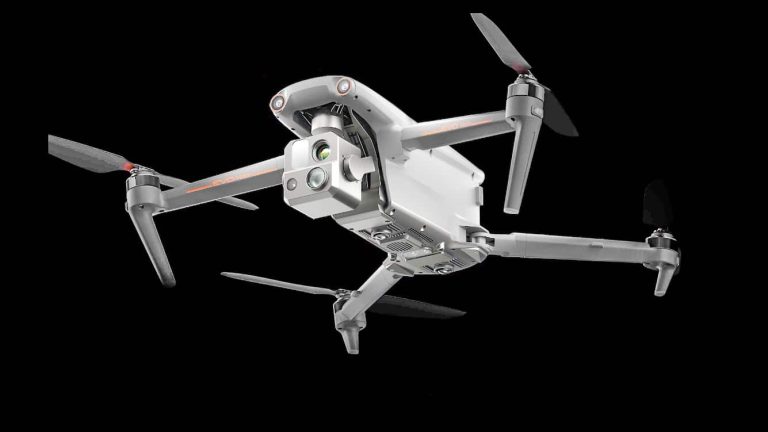


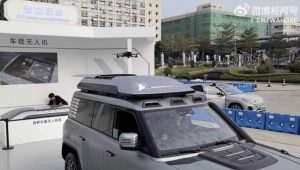
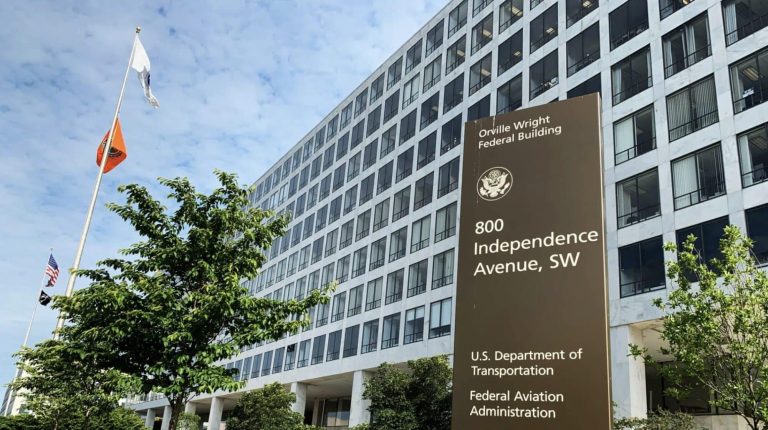

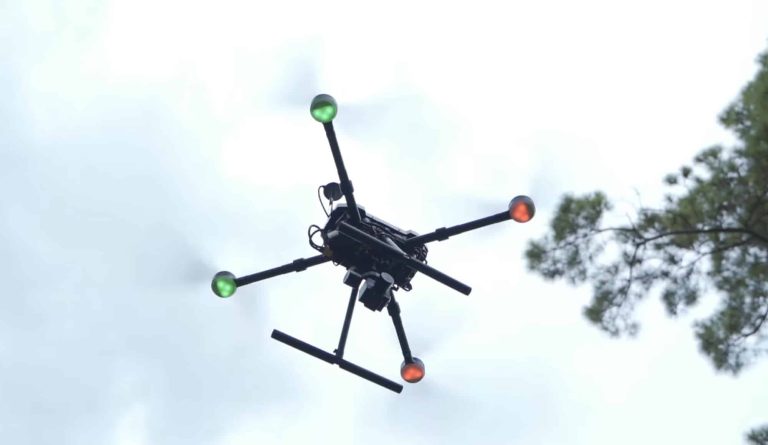
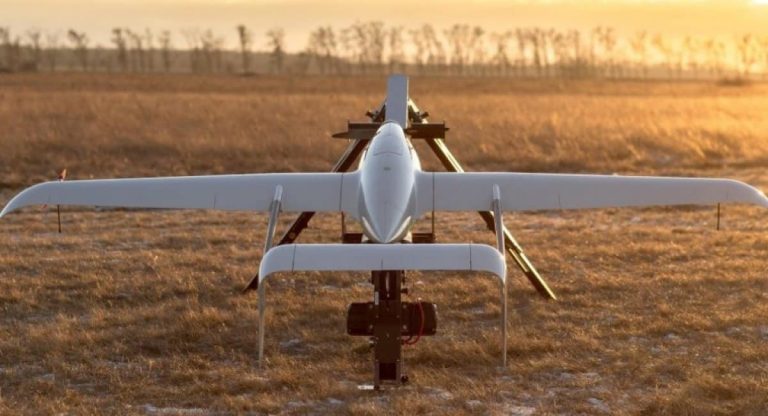

+ There are no comments
Add yours